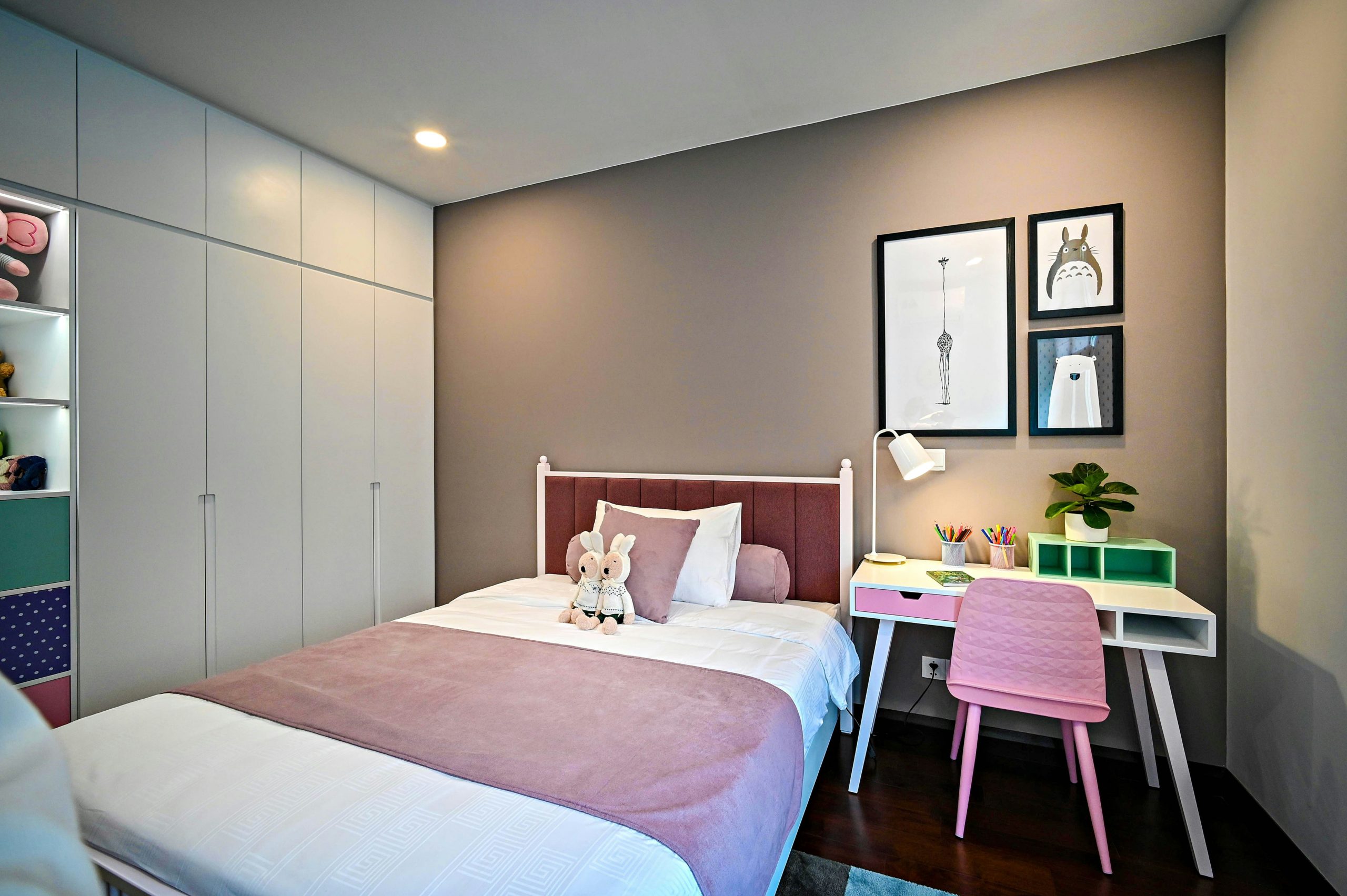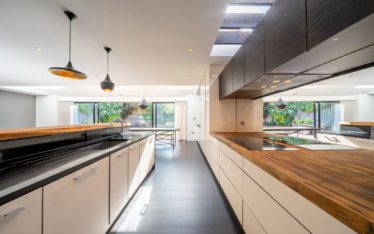Selecting the right kid’s bed for small spaces can be a challenging task for any parent or caregiver. The key is to find a bed that not only fits comfortably in the limited space but also meets the growing needs of a child. It’s essential to look for functional options, provide storage solutions, and can adapt to changing needs over time. From multifunctional furniture pieces to beds with clever storage features, there are numerous possibilities to maximize the use of a small area.
Safety and comfort should always be the primary concerns when choosing children’s furniture. Look for beds that come with the necessary guardrails and are made from durable materials to ensure they withstand the test of playtime and growth. In addition to serving as a cozy sleeping area, the bed can double as a play or study space with the right design elements. Considering options like loft beds can free up floor space for these activities.
When shopping for the perfect kid’s bed for small spaces, it’s also beneficial to take advantage of online resources that offer a wide range of options. The convenience of browsing through different styles and functions online allows parents to compare beds that could potentially be the space-saving solution for their kid’s room. With interest-free financing options available, finding the right bed to suit a small space can be both an economical and a space-efficient solution.
Maximizing Space with the Right Bed
Choosing the right bed for a small space is crucial to both maximize use and ensure a child receives proper sleep. The goal is to balance design with functionality while ensuring the safety of the child.
Types of Beds Suitable for Small Spaces
Loft beds and bunk beds are excellent choices for small rooms as they utilize vertical space. A loft bed provides ample area underneath for a desk, shelves, or even a sofa bed, turning a simple sleeping area into a multi-purpose space. A bunk bed is an ideal solution for siblings sharing a room, conserving floor space while offering individual sleeping quarters. Daybeds and trundle beds also work well in limited spaces, doubling as seating during the day and providing extra sleeping space when needed.
Key Features to Look for
When selecting a child’s bed for a small space, key features to prioritize include built-in storage, like drawers and shelves. This integrates bed with storage options, reducing the need for additional furniture. Look out for multi-purpose furniture designs that combine sleep with study or play to further optimize space. The materials should also be considered: sturdy construction ensures longevity and supports safety, while the aesthetics should mesh with the existing decor of the room.
Making Considerations for Bed Height
One must consider the height of a bunk bed or a loft bed against the room’s ceiling height. Sufficient headroom is essential for comfort and ventilation, while also maintaining safe clearance for the child to sit upright without risk. Furthermore, consider any ceiling fixtures and maintain enough space for a parent to sit or kneel on the bed, perhaps to read a bedtime story, reinforcing the importance of open and unobstructed space. User-friendly designs that cater to a child’s growth ensure that the bed remains suitable as the child ages.
Creative Ideas for Small Room Layouts
Maximizing the available space in a child’s small bedroom involves clever furniture placement and multifunctional design. This section will provide specific ideas to integrate play and study areas, enhance storage, and employ decor strategies that can visually expand the space.
Integrating Play and Study Areas
In a small space, it’s essential to use furniture that serves multiple purposes. A loft bed not only provides a cozy sleeping area but also frees up the floor space beneath for a study desk or a play area. Consider adding a slim desk that can be folded against the wall when not in use, providing a multipurpose surface for homework or creative play without permanently occupying floor space.
Enhancing Storage with Innovative Solutions
Storage is a critical component of small bedroom designs. An under-bed storage system with drawers or boxes is ideal for stashing toys and clothes while keeping them easily accessible. Additionally, incorporating a storage ottoman at the foot of the bed offers room to store linens and doubles as seating. To make use of vertical space, install floating shelves or bookshelves above study areas or along wall perimeters where floor space is limited.
Decor Tips for Making a Room Look Bigger
Certain decor choices can create the illusion of a more spacious room. Light color schemes and strategically placed mirrors help reflect light and give an airy feel to small rooms. Opting for curtains that match the wall color can create an unbroken line, making the ceiling appear higher. Additionally, choosing rugs in bright colors or patterns can draw the eye downward and make the floor area seem more expansive.
Conclusion
Selecting the right bed for a child’s small bedroom requires balancing space-saving functionality with comfort and growth adaptability. A variety of beds exist that cater to limited spaces, such as multifunctional loft beds or space-saving bunk beds, that can optimize the available area. It’s important to consider the child’s age and needs, as these factors influence the suitable bed size and design. By integrating space-efficient solutions, one can create a welcoming and practical bedroom that accommodates a child’s activities and restful sleep.






